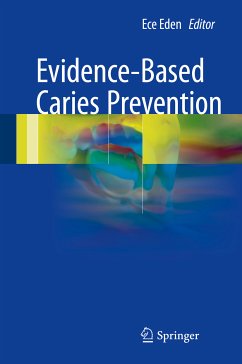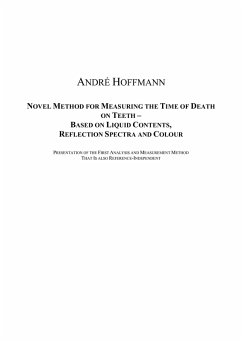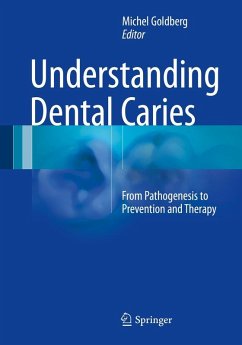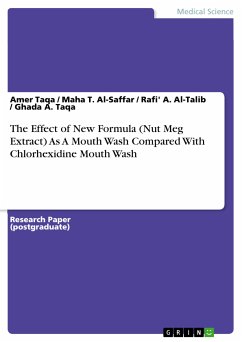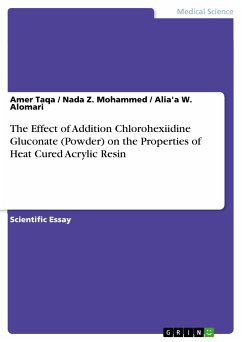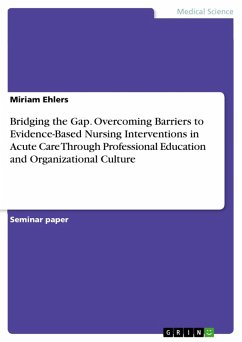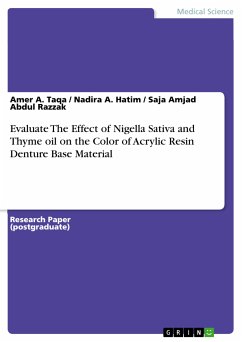
The Effect of Curing Time on Fluoride (eBook, PDF)

PAYBACK Punkte
0 °P sammeln!
Research Paper (postgraduate) from the year 2008 in the subject Medicine - Dentistry, grade: none, University of Mosul (Dental college), language: English, abstract: Aim: This study aims to measure the amount of fluoride release in deionized water from two composite resins materials (Kerr and Tetric ceram)over period of one month. By using different curing time for curing the composite.Materials and Methods : Two types of composite resin materials were used. They are Tetric ceram and Kerr composite resins divided into five groups for each type of materials used, each group contain ten sample m...
Research Paper (postgraduate) from the year 2008 in the subject Medicine - Dentistry, grade: none, University of Mosul (Dental college), language: English, abstract: Aim: This study aims to measure the amount of fluoride release in deionized water from two composite resins materials (Kerr and Tetric ceram)over period of one month. By using different curing time for curing the composite.Materials and Methods : Two types of composite resin materials were used. They are Tetric ceram and Kerr composite resins divided into five groups for each type of materials used, each group contain ten sample materials and cured with different time of curing which are (20,30,40,50,60) seconds.The samples measured fluoride release after storing in 5ml of deionized water then incubated incubator at 37°C for 24 hours.Results: The amount of fluoride release was affected by the period of curing time. The materials which cured at (20,30,40) seconds gave high amount of fluoride release while the materials which cured at (50,60)seconds gave low amount of fluoride release. Conclusions: The amount of fluoride release from composite resins materials were affected by curing time. There is an increase in the amount of fluoride release by decreasing the period of curing time and decreasing by increasing the period of curing time.
Dieser Download kann aus rechtlichen Gründen nur mit Rechnungsadresse in A, B, BG, CY, CZ, D, DK, EW, E, FIN, F, GR, HR, H, IRL, I, LT, L, LR, M, NL, PL, P, R, S, SLO, SK ausgeliefert werden.





